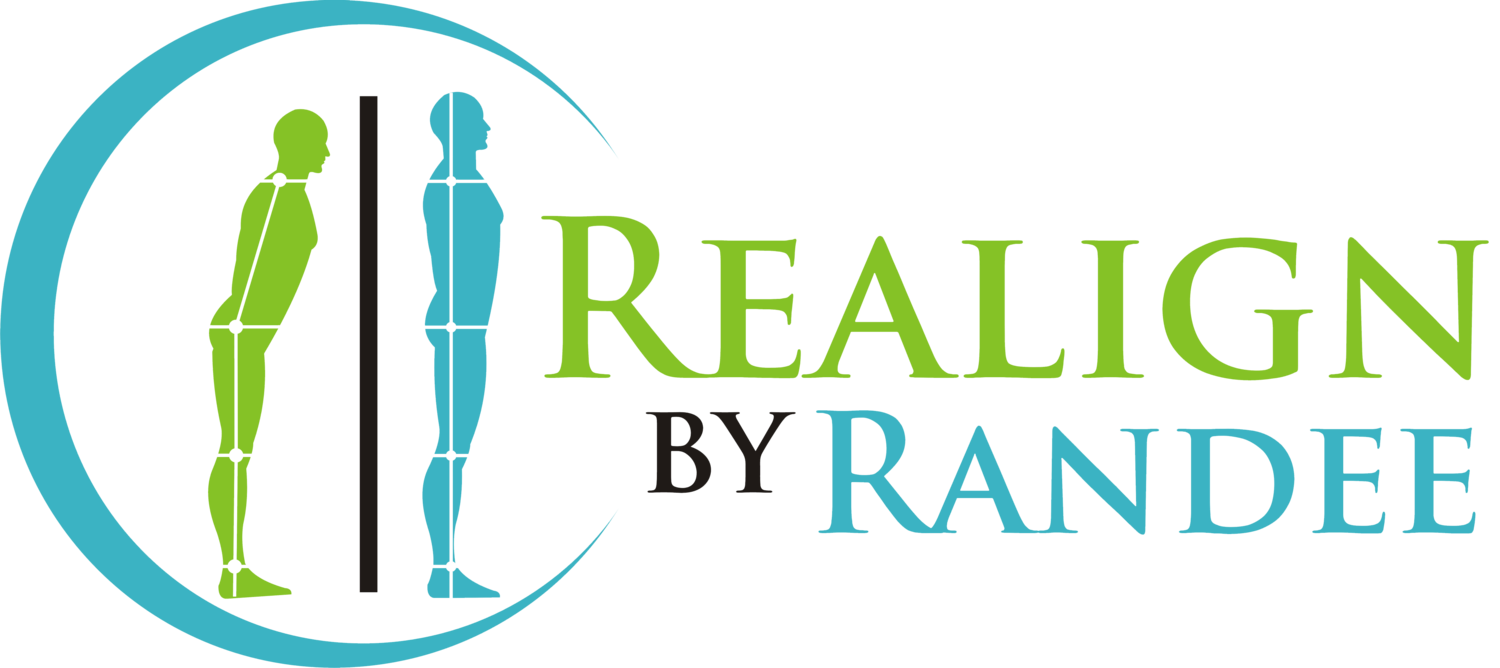Is Your Back Pain a Pain in Your “Butt”?
Welcome to my blog, My name is Randee Engelhard and I am a Physical therapist and Posture Alignment Specialist.
As a physical therapist, one of my areas of expertise is the sacroiliac joint, the focus of this week’s topic. Many people that have low back pain find that the pain radiates down into their buttocks, as well as, further down their leg. This “butt” pain is sometimes caused by the sacroiliac joint dysfunction. I will share with you what the sacroiliac joint is, the symptoms it might cause, and how it can be treated.
The sacroiliac joints, otherwise known as the SI Joint, are on each side of the sacrum connecting the spine to the hip bones (Ilium). The hip bones meet in the front at a joint between the two pubic bones. The hips support the upper body and control the lower body making this area a problematic one where medical challenges are likely to result. When there is a small movement of the bones a misalignment, whether it be the hip, sacrum, or pubic bone, it may result in pressure on a nerve or a muscle imbalance. This further causes muscles spasms, trigger point pain, nerve pain, weakness or change in sensation.
The sacroiliac dysfunctions or misalignment tends to cause localized low lumbar pain and commonly the pain will radiate into the buttocks and go down as far as the knee. This is a possible manifestation of the symptom “sciatica” which includes pain down the leg, as well as tingling, numbness, or weakness. Sciatica is a symptom of an underlying medical condition. Common lower back problems that can cause sciatica symptoms include a lumbar herniated disc, degenerative disc disease, spondylolisthesis, spinal stenosis or piriformis syndrome. People can have one or more of the above conditions or none and have a sacroiliac dysfunction or misalignment.
How can the sciatic type symptoms, more specifically those caused by sacroiliac joint misalignment, be treated? Sometimes good old fashion icing and rest due the trick and our bodies can naturally heal themselves. As the muscles relax the shift in the sacroiliac joint can go back in to place. Gentle stretching, massage and exercise can help with the radiating pain, tingling and/or numbness. Other times the low back and sacral area can be a bit more stubborn. If this does not work, another option is to have a realignment of the area through muscle energy techniques which are gentle mobilizations. First, the area is assessed for which bones have shifted up or down, forward or back, rotated or tilted. The therapist helps shift the bones back into place with the help of your muscles. My preferred technique is gentle and slow. These techniques are different then other adjustments that are more forceful or generalized.
Pain in the low back and buttocks or legs can be one of the most debilitating symptoms to have. It can interfere with work, sleep or sports and leisure. Understanding the sacroiliac joints and their locations, the symptoms they can cause and how to treat this area can improve quality of life. We are searching for optimal health and this is one area that can stop you in your tracks or allow you to lead an active life.

